With age comes a lot of appendages, namely aches, and pains and medical conditions, etc. While most of the symptoms are totally normal and age-related, there are few symptoms that could be potential red flags and should not be ignored at all. The point is all the minute changes should be regularly monitored to be safe rather than be sorry later. In this article, we will talk about age-related breast changes which should be carefully observed and dealt with appropriately.
Normal breast changes:
1. Stretch marks
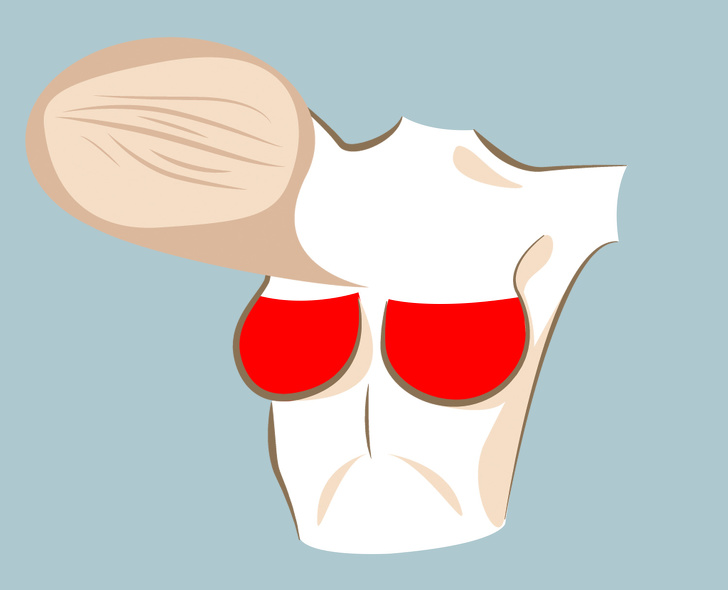
With the progression of age, the hormones which maintain the skin elasticity reduces, therefore, stretch marks appear. Although unsightly, they are completely harmless. Also, during pregnancy, breast changes like breast enlargement results in stretch marks underneath or around the breasts. High-stress levels can also lead to premature stretch marks so try to stay relaxed as much as possible.
2. Downward pointing nipples
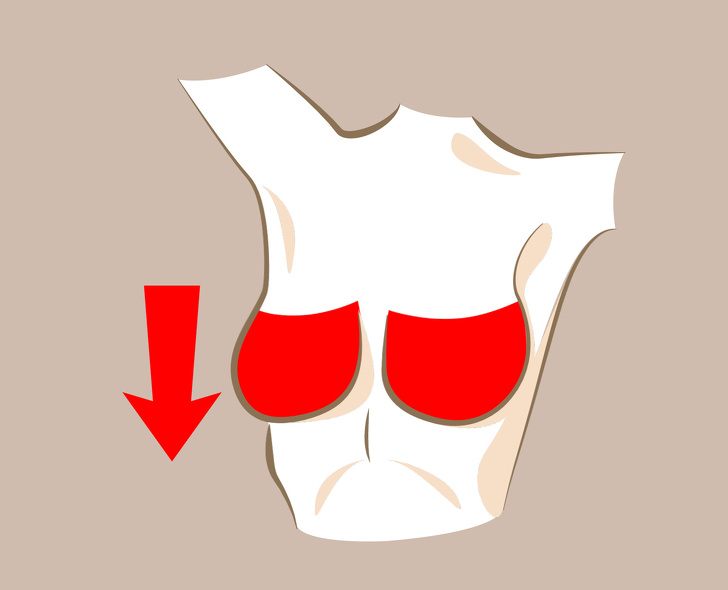
Again, gravity plays a stronger role as age advances and the tendency of breasts and nipples to sag downwards is common. Also, the fact that the skin tissues are weakened by age doesn’t help one’s case much either. Other factors play their parts too n breast changes. If you always had large and heavy breasts, they will sag faster. If you are a regular smoker than your breasts will sag prematurely, so quit smoking today itself.
3. The widening of space between the breasts
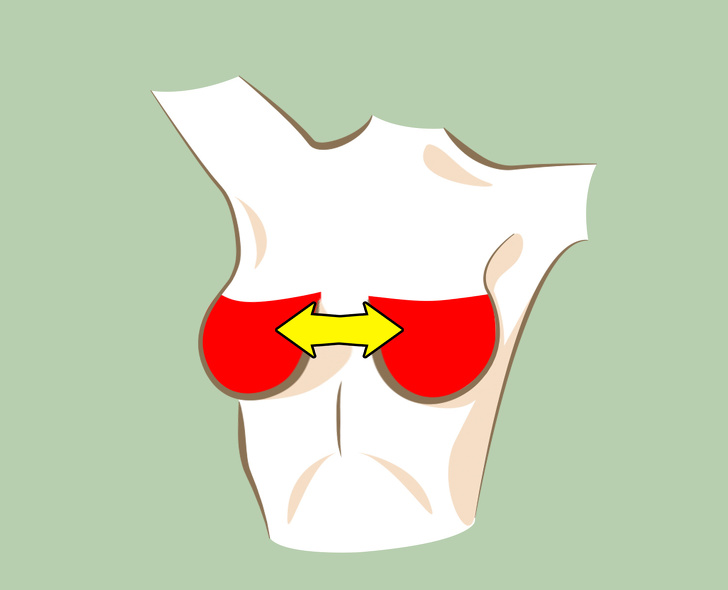
With the advancement of age, the body produces less estrogen. This important hormone is essential to maintain the firmness of the breasts. With age, the dense tissue gives way to fatty tissues and the space between the breasts may seem to have widened as they sag as well. On the basis of the shape and size of the breast, it can either sag apart from each other or just sag downwards.
Breast changes that are red flags
1. Hard lumps
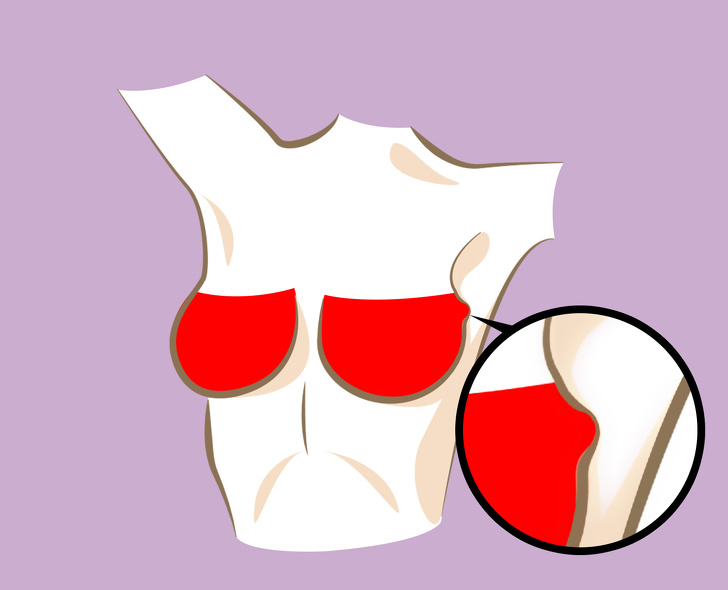
Breasts with lumps are automatically taken to be cancerous but most of the time they are not. They are mostly non-cancerous tissue growth or fluid build-up. But as we mentioned earlier it’s always better to be safe than sorry. Get it checked because cancer, if detected at early stages, is completely treatable. You’ll need to get a mammogram or ultrasound or even biopsy to collect the cell samples from the lump to be examined.
2. Breast pain
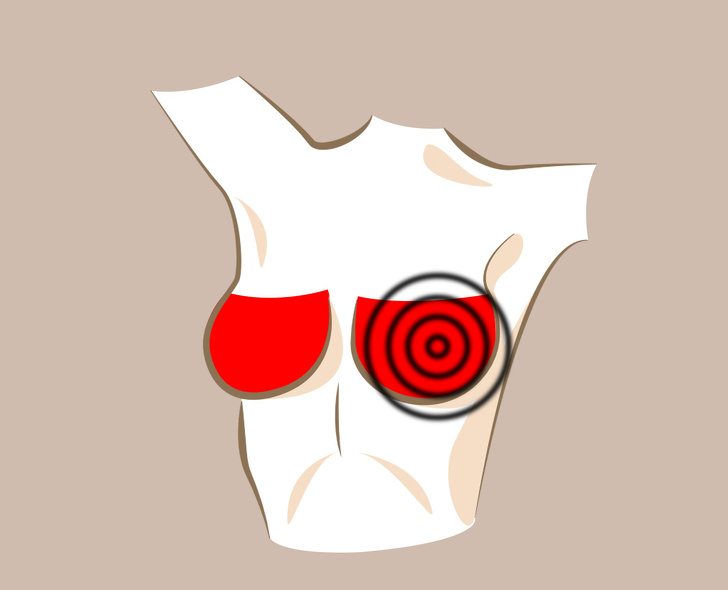
Cancerous tissues rarely cause any sort of pain but still if you are experiencing chronic pain then get yourself examined immediately as it might be an aggressive form of cancer called inflammatory breast cancer (IBC) which is rare but painful no doubt. IBC also has another symptom that is the appearance of red dots on the skin, nonetheless if the pain continues for a week or more or gets more acute it’s better to get it examined immediately.
3. Nipple discharge
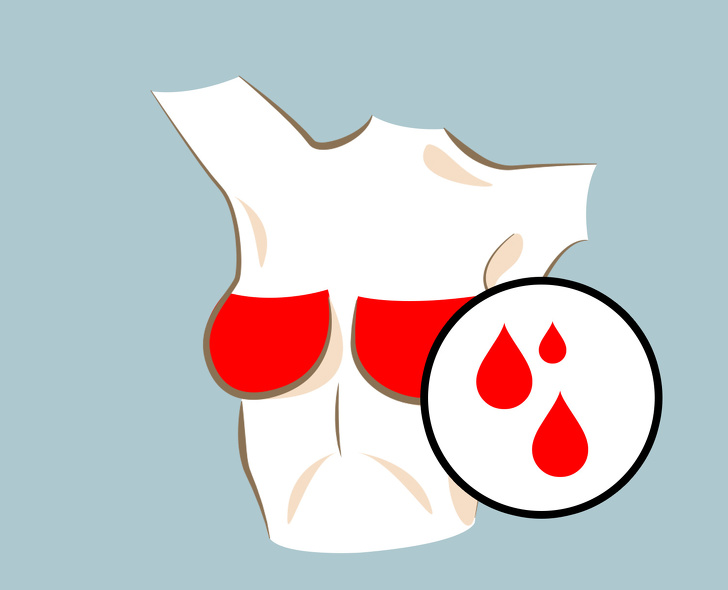
Among breast changes, if you are not breastfeeding or pregnant, but your nipple constantly discharges fluids that are transparent or creamy, green, brown or yellow in colour or sometimes even blood, especially when pressed it can be a sign of cancerous tissue quite close to the nipples. You should get a medical appointment immediately.
4. Both breasts look different from one another.
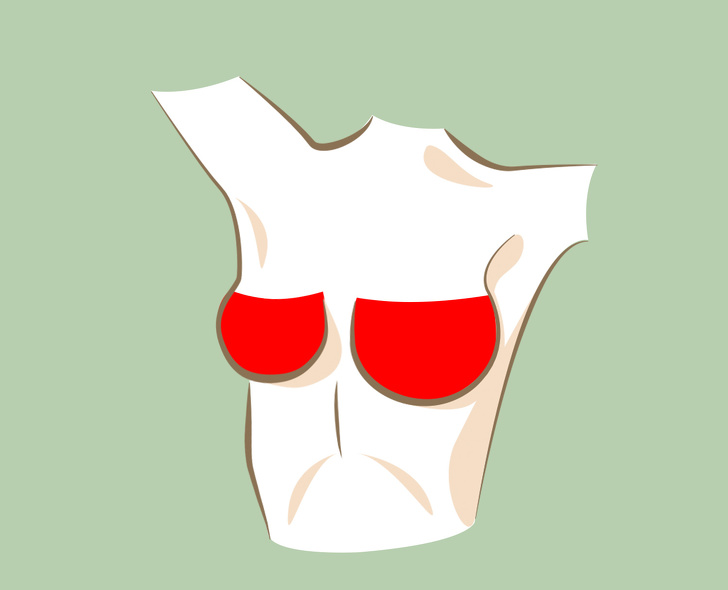
Your breasts are anyways not perfectly symmetrical but the difference is usually not noticeable. But if one of the breasts suddenly changes its cup size or appear too thick or thin than the other one it’s a sure sign you should get in touch with your doctor as fast as possible. Sudden breast changes in the shape or size of a breast could be a sign of breast cancer.
5. Red spots
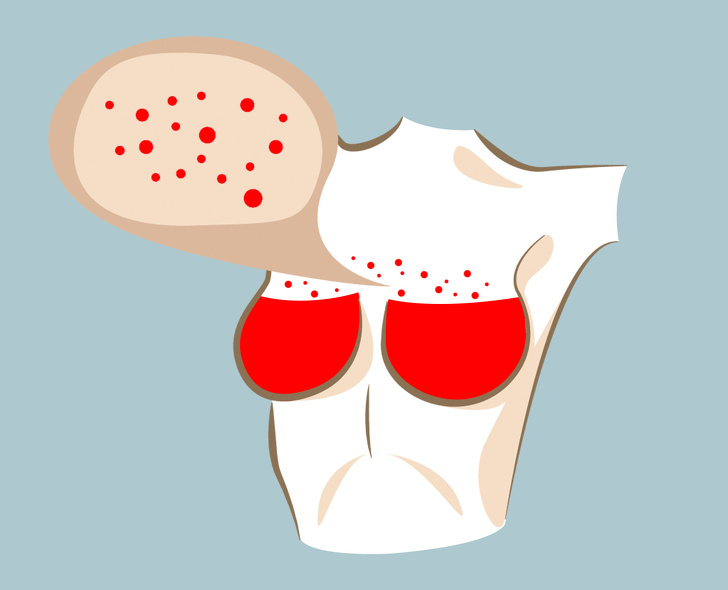
Red spots on the chest or breast regions usually are rashes or temporary skin conditions. But if they are persistent and painful then they could be the sign of IBC inflammatory breast cancer. This is a rare but very aggressive form of cancer which affects 2-4% of all breast cancer patients. Yet 7-10% of deaths are due to IBC. So if you feel persistent pain and irritation in and around your breast region and notice red spots on the skin surface then it is no doubt a serious situation that needs a quick medical response.
6. Pulled in nipple
Nipples can even get pulled inwards due to various reasons. This phenomenon is called nipple retraction. It is usually caused because of an inflammation or scar of tissues behind the nipple. There are various medical causes for this retraction cancer not necessarily being one of them.
In case of cancer, the tumor attacks the duct behind the nipple and pulls it inwards so in any case if you experience nipple retraction you should be on your way to the hospital for an examination anyways.
if you observe any of these breast changes, consult a doctor immediately.
